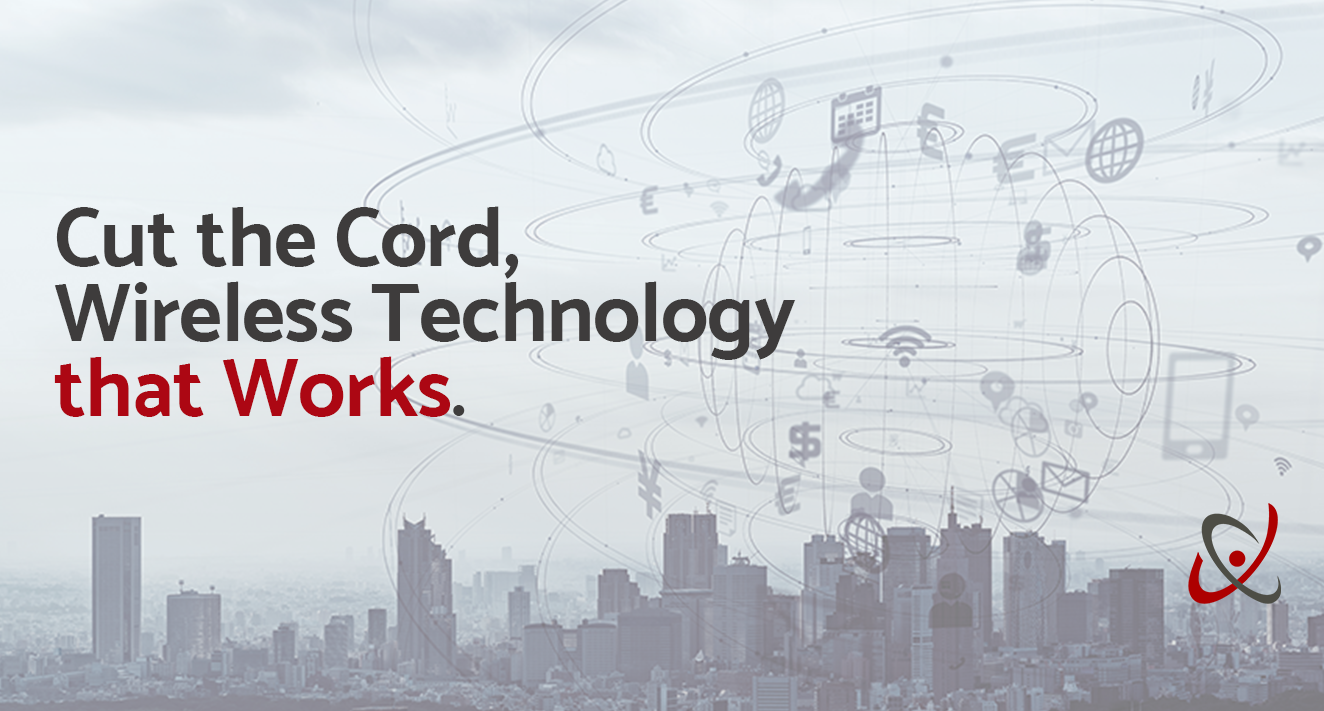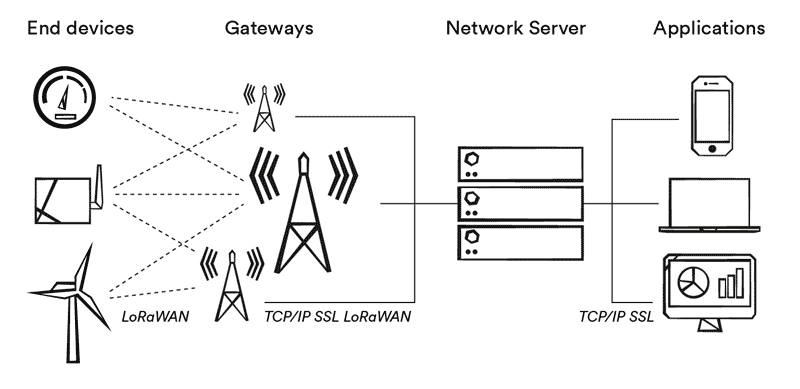Cut the Cord, Wireless Technology that Works.
"If you can't beat them, deploy them!" - A mantra that holds true as wireless technology continues to shape our lives. AirPods, laptops, and cell phones have seamlessly integrated into our daily routines, thanks to their wireless capabilities. As wireless technology rapidly evolves, one 20+ year-old standout is the simple yet powerful Bluetooth, with annual shipments surging from 4.9 billion in 2022 to an expected 7.6 billion by 2027 (Statista, June 2023).
Today, Bluetooth's ubiquitous presence has made wireless integration a necessity for various industries, from home automation to automotive manufacturers. From cars connecting with cell phones to refrigerators communicating with televisions, this technology's benefits have cultivated a consumer-driven expectation of ease and simplicity through advanced wireless communication solutions.
Among the wireless technologies quietly gaining momentum is LoRa. LoRa stands for Long Range, with Low Power radio communication technique. Though relatively new to the United States, LoRa-based communication devices have flourished in Europe for almost two decades.
So, what exactly is LoRa, and why should we take notice?
LoRa, or "Long Range" technology with a "Low Power" component, efficiently transmits vital data like discharge air temperature, waste levels, noise identification, and energy consumption.
LoRaWAN “Wide Area Network” defines the communication protocol and system architecture. Together, LoRa and LoRaWAN define Low Power, Wide Area networking protocol designed to wirelessly connect battery-operated devices to the Internet of Things. This allows you to effectively create a large communication network that you own and control.
The LoRa market's impressive growth has already reached $2 billion USD in 2022 and is projected to soar to an astonishing $60 billion USD by 2032 (GMI Insights). Even in the building automation and controls industry, the North American LoRa market has surpassed $900 million USD in 2022, largely driven by telecom companies.
What sets LoRa apart is its ease of use and adaptability, allowing communication networks to be effortlessly created anywhere with the simple placement of gateways (offered by numerous providers). This eliminates the need for complex IT efforts. The sensors, designed for data acquisition, add intelligence to buildings through a straightforward 3-5 step process:
1. Power on the Gateway (on-site).
2. Place the end devices (on-site).
3. Name the devices (Remote).
4. Set up alerts or UI if needed (Remote).
5. Integrate the data into an existing BMS (Remote).
This simplicity can drive rapid adoption in the US market, transforming data collection into a streamlined and efficient process. Let's explore an example from a contractor provider's perspective.
Imagine a contractor providing walk-in cooler monitoring for a small restaurant with an estimated project timeline.
The above example highlights the time and cost advantages of LoRa over traditional hardwired solutions. Furthermore, transitioning to LoRa offers new revenue opportunities through service contracts, leveraging SaaS-driven solutions. This not only enhances customer stickiness but also allows for upselling additional monitoring capabilities.
LoRa's versatility extends beyond building automation, proving to be a valuable solution for preserving historical infrastructure. According to The Things Industry, “Building retrofitting is essential, as 80% of the buildings that will exist in 2030 are already standing today. Retrofitting ‘historical’ projects face challenges such as wiring issues, compatibility problems, and potential damage to historical monuments.” By digitizing aged buildings and landmarks, LoRa enables cost-effective retrofitting projects while minimizing potential damages.
As LoRa continues to penetrate new markets and industries, its potential is undeniable. Just as Netflix revolutionized entertainment through streaming technology, and Bluetooth revolutionized wireless communication, LoRa can reshape the wireless connection landscape for commercial buildings and municipalities. From optimizing building operations to preserving historical infrastructure, LoRa holds the key to a connected and sustainable future. As a trusted partner, Jackson Control can guide businesses in embracing this emerging technology, unlocking secure, efficient, and profitable solutions for your buildings and customers.
Steven Crowe



